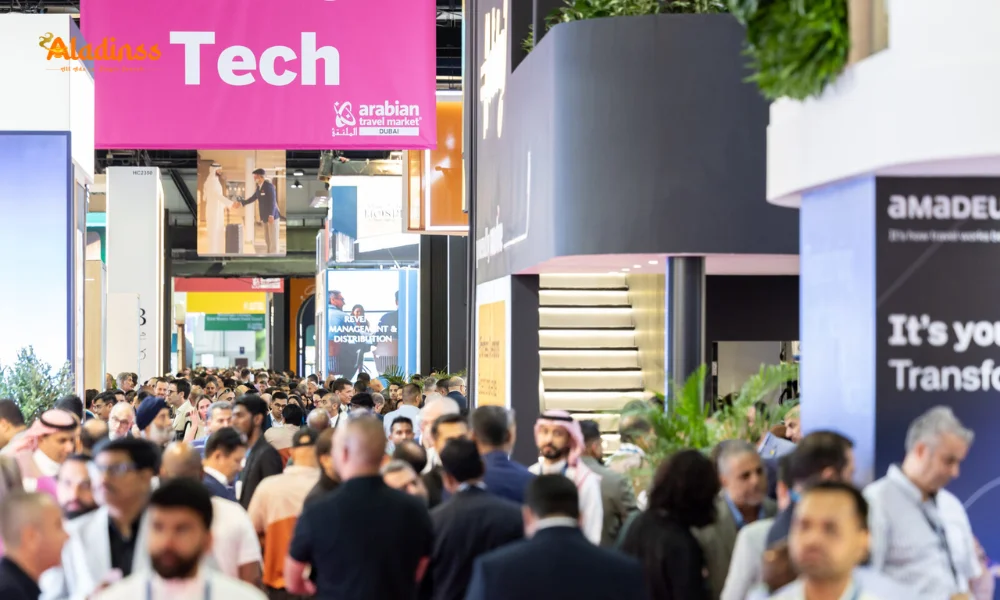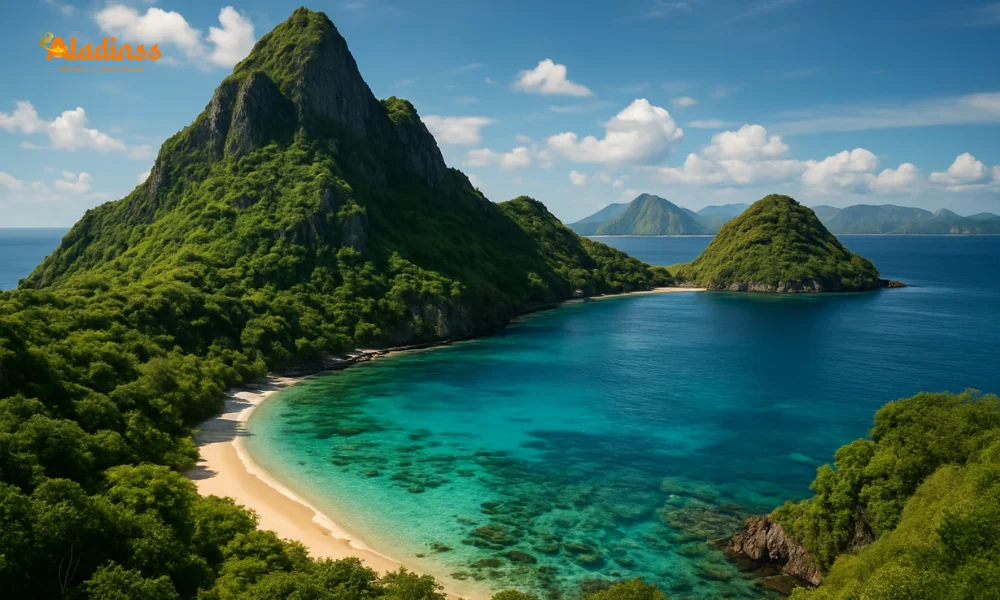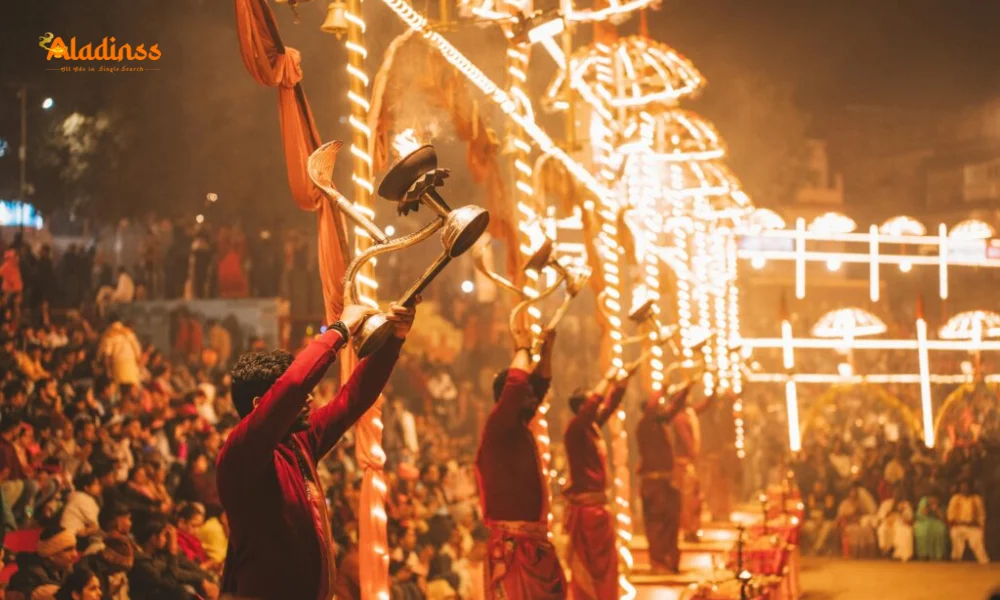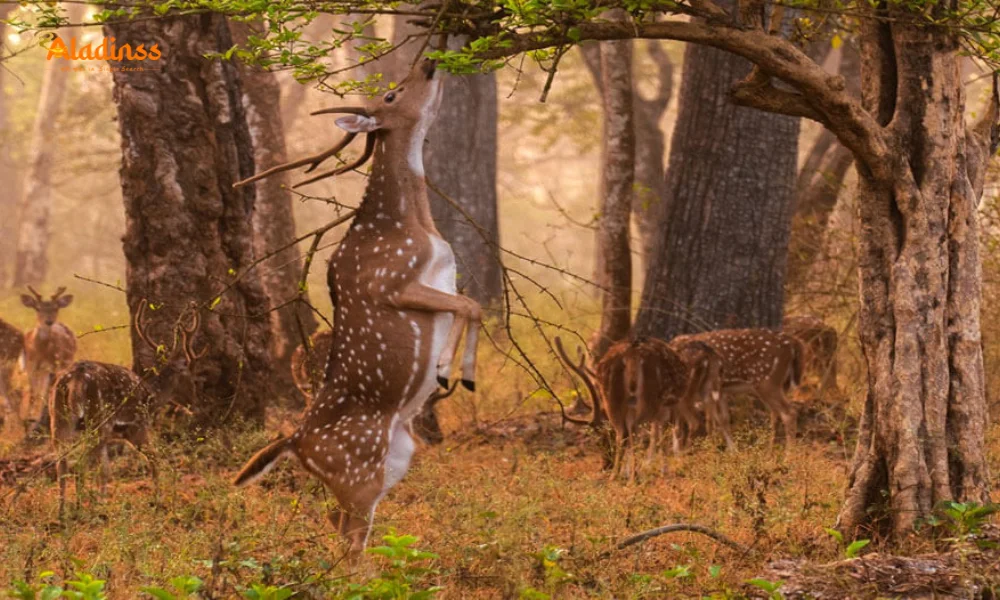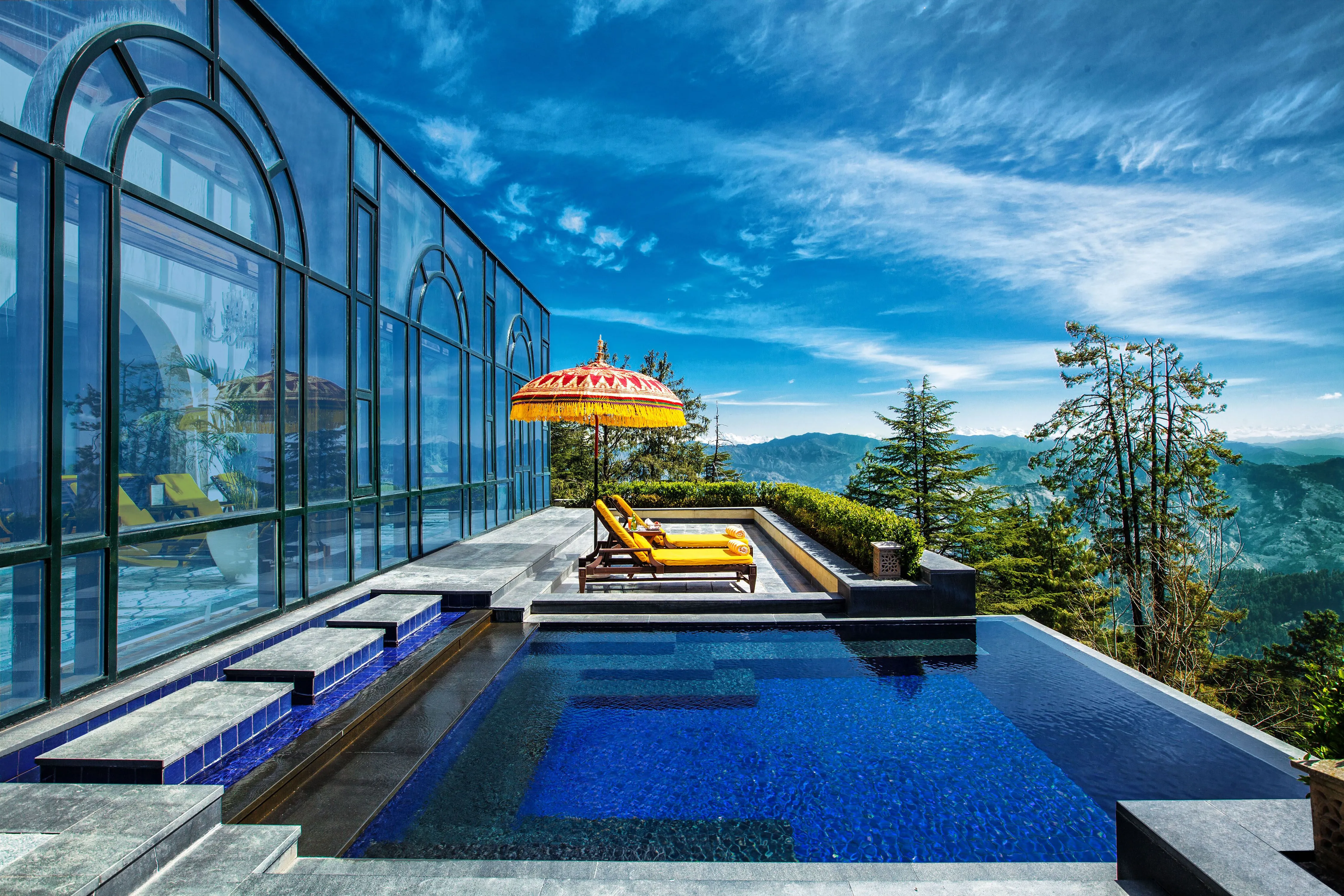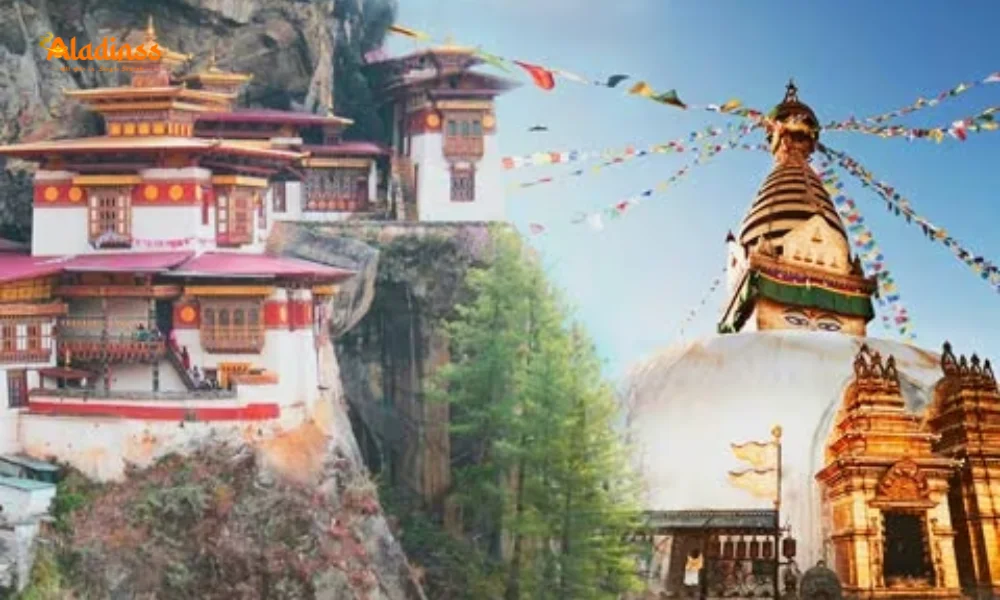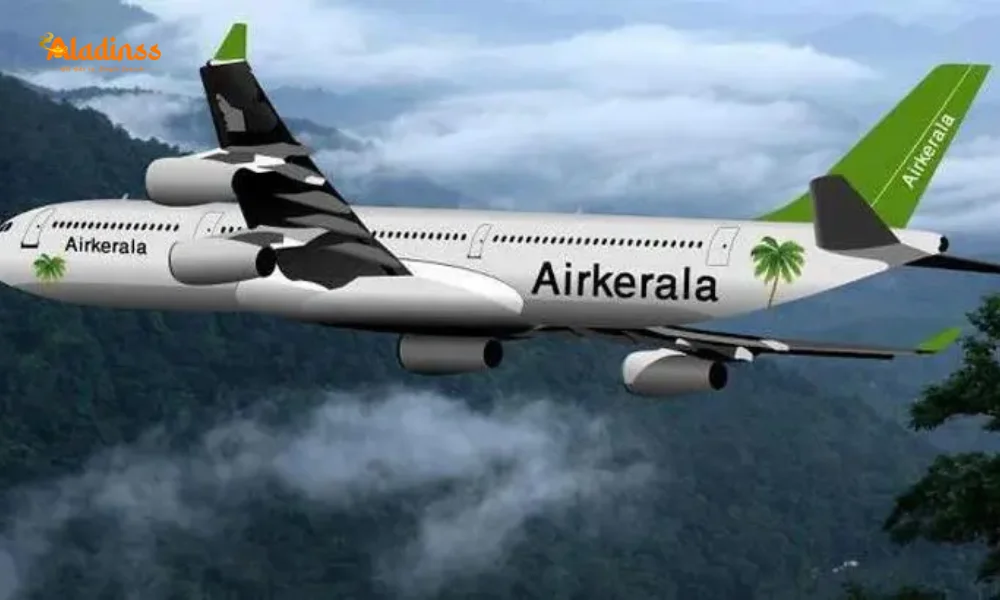GCC Metro Systems 2026: Smart Upgrades Set to Redefine Urban Travel
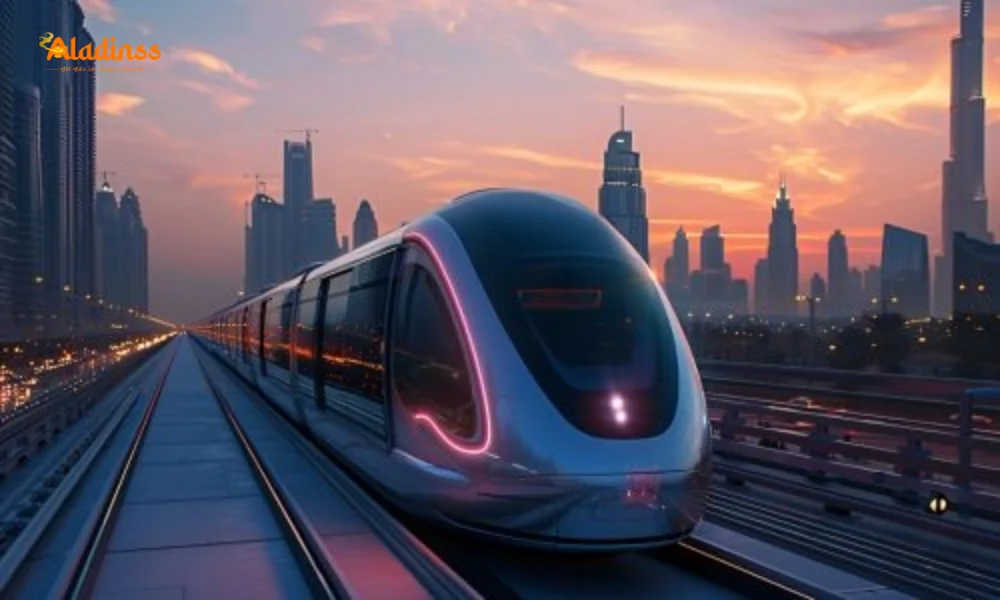
GCC Metro Systems Revolutionize Travel in 2026!
The Gulf Cooperation Council (GCC) nations-UAE, Saudi Arabia, Qatar, Bahrain, Kuwait, and Oman-are transforming urban mobility with futuristic metro systems set to redefine travel by 2026. From Dubai’s towering Blue Line stations to Riyadh’s culturally inspired designs, these projects blend cutting-edge technology, sustainability, and aesthetic brilliance. As the GCC invests heavily in smart infrastructure, metro stations in cities like Dubai, Riyadh, and Doha are not just transit hubs but landmarks of innovation. This guide explores the most advanced metro systems shaping the region’s future in 2026.
These metro systems are designed to reduce traffic congestion, promote eco-friendly travel, and enhance urban connectivity. With features like autonomous trains, AI integration, and sustainable designs, the GCC is setting global standards for public transportation. By 2026, travelers and residents will experience seamless, high-tech, and culturally significant transit systems that reflect the region’s forward-thinking vision.
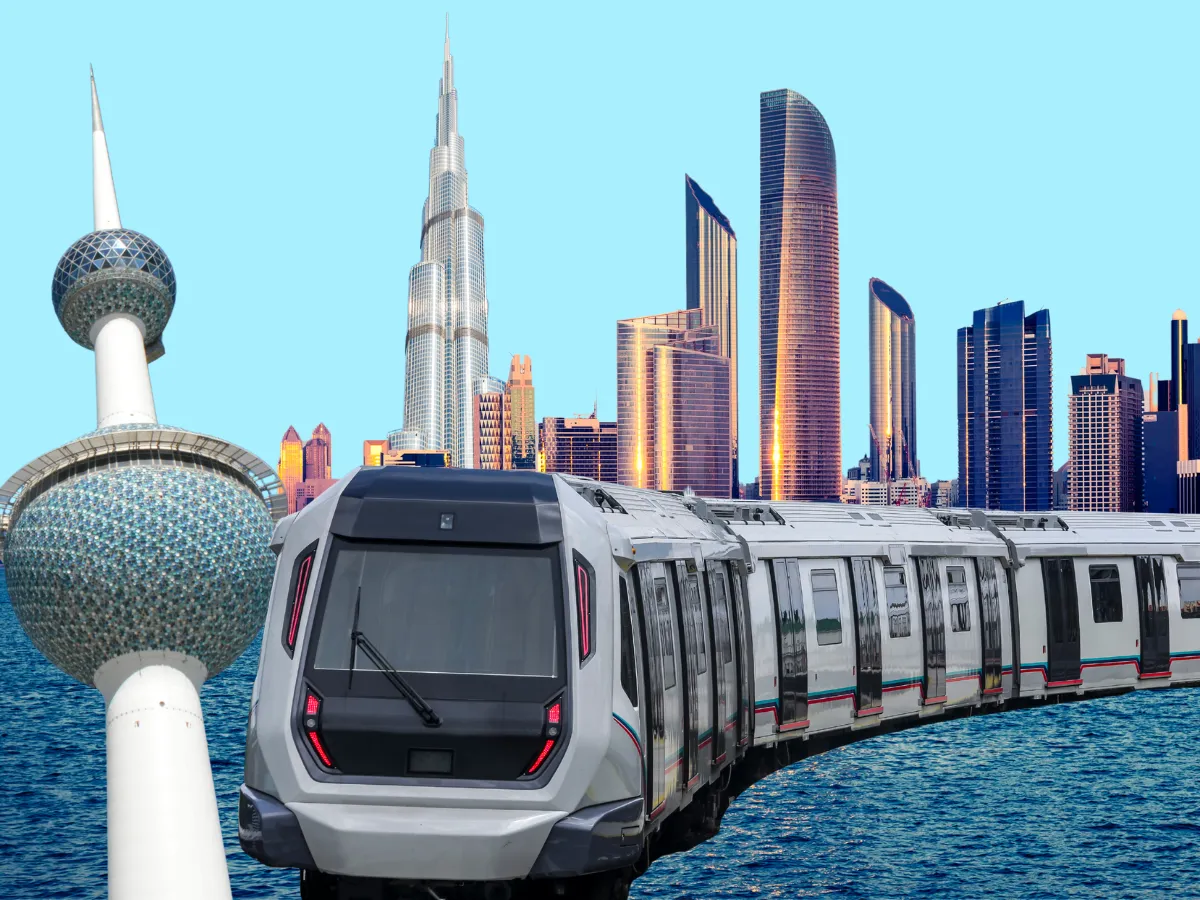
Dubai Metro: Pioneering Urban Mobility
Dubai’s metro system is a global benchmark for innovation, and its upcoming projects in 2026 will further solidify its reputation. The city’s commitment to sustainable and futuristic transportation is evident in two major developments: the Dubai Metro Blue Line and the Dubai Loop, both set to transform urban travel.
Dubai Metro Blue Line: A Sky-High Marvel
The Dubai Metro Blue Line, slated for completion in 2029, will feature the world’s tallest metro station at 74 meters, designed by Skidmore, Owings & Merrill. Spanning 30 kilometers with 14 stations, this line will connect key areas like Mirdif, Dubai Silicon Oasis, and Dubai Creek Harbour, serving an estimated 320,000 passengers by 2040. The project emphasizes sustainability, reducing reliance on cars and easing traffic congestion in Dubai’s bustling urban landscape.
The Blue Line’s architectural brilliance and eco-friendly design make it a symbol of Dubai’s vision for smart mobility. By integrating advanced technology and striking aesthetics, this metro line will enhance the city’s infrastructure while offering residents and visitors a seamless transit experience by 2026.
Dubai Loop: High-Speed Underground Transit
In collaboration with The Boring Company, Dubai is launching the Dubai Loop in 2026, a 17-kilometer underground electric transit system. Capable of speeds up to 160 km/h, this system will feature 11 stations, offering a fast, sustainable alternative to traditional transport. The Dubai Loop aims to alleviate traffic congestion, providing an efficient solution for navigating the city’s busy streets.
This innovative project underscores Dubai’s leadership in urban mobility, blending cutting-edge technology with eco-conscious design. By 2026, the Dubai Loop will redefine how residents and tourists travel, making it a cornerstone of the city’s smart city initiatives.
Riyadh Metro: Blending Culture and Innovation
Riyadh’s metro system, part of the King Abdulaziz Public Transport Project, is a testament to Saudi Arabia’s commitment to modern infrastructure. With stations like King Abdullah Financial District (KAFD) and Qasr Al-Hokm, the Riyadh Metro combines sustainability, cultural heritage, and advanced engineering.
These stations are designed to serve as more than transit points; they are architectural landmarks that reflect Riyadh’s ambition to become a global hub. By 2026, the metro system will enhance connectivity and promote eco-friendly travel across the capital.
King Abdullah Financial District Station
The King Abdullah Financial District (KAFD) Station is a highlight of the Riyadh Metro, featuring sustainable cooling systems and natural lighting. Located in a vibrant business hub, this station blends modern design with eco-friendly functionality, serving as a central node in the city’s metro network. Its innovative features make it a model for sustainable urban transit in 2026.
The KAFD Station’s design prioritizes passenger comfort and environmental efficiency, aligning with Saudi Arabia’s Vision 2030 goals. It exemplifies how metro stations can be both functional and visually striking, enhancing Riyadh’s urban landscape.
Qasr Al-Hokm Station: A Cultural Masterpiece
Designed by Snøhetta, Qasr Al-Hokm Station in central Riyadh integrates traditional Najdi architecture with modern elements. Spanning 19,600 square meters, this major interchange features stainless-steel canopies and slanted walls, creating a striking aesthetic. The station serves as a bridge between Riyadh’s cultural heritage and its modern aspirations.
By 2026, Qasr Al-Hokm will be a key hub for commuters, offering seamless connectivity while celebrating Saudi Arabia’s architectural legacy. Its design makes it a standout destination for both residents and tourists exploring Riyadh’s evolving urban scene.
Doha Metro: Tradition Meets Technology
Qatar’s Doha Metro, developed in preparation for the FIFA World Cup 2022, continues to evolve as a model of advanced public transportation. Stations like Msheireb and Al Riffa showcase a unique blend of Qatari heritage and futuristic design, enhancing urban mobility in 2026.
The Doha Metro’s focus on sustainability and cultural integration makes it a standout in the GCC, offering passengers an immersive and efficient transit experience. By 2026, it will continue to shape Doha’s urban landscape, encouraging public transport use.
Msheireb Station: A Cultural Landmark
Msheireb Station, located in central Doha, is a masterpiece of design inspired by Islamic architecture. Its “Vaulted Spaces” structure combines traditional Qatari elements with modern materials, creating a visually stunning hub. The station enhances the pedestrian experience, encouraging public transport use while serving as a cultural landmark.
By 2026, Msheireb Station will remain a focal point of Doha’s metro system, blending heritage and innovation to offer passengers a unique travel experience. Its design reflects Qatar’s commitment to preserving culture while embracing modernity.
Al Riffa Elevated Station: Dynamic Design
The Al Riffa Elevated Station in Doha embodies movement and strength, with a design inspired by traditional Qatari architecture. Its fluid interior and monolithic exterior create an immersive experience for passengers, reflecting Qatar’s vision for dynamic urban spaces in 2026.
This station promotes sustainable travel habits by offering a visually engaging and efficient transit point. Al Riffa’s innovative design will continue to enhance Doha’s metro system, making it a key feature of the city’s public transportation network.
Bahrain Metro: Sustainable Innovation
Bahrain is advancing its metro system with a focus on sustainability, introducing self-driving electric trains by 2026. These eco-friendly trains will reduce carbon emissions and traffic congestion, aligning with Bahrain’s vision for smart urban mobility.
Integrated with the King Hamad International Passenger Station, Bahrain’s metro will enhance regional connectivity, linking to Saudi Arabia and other GCC nations. This project positions Bahrain as a leader in sustainable transportation within the region by 2026.
Kuwait Metro: A Vision for the Future
Kuwait’s metro system, part of the GCC Railway project, is in its planning stages but promises to deliver a smart, sustainable network by 2026. While details are still emerging, the project will incorporate advanced technologies to enhance urban mobility and regional connectivity.
Kuwait’s metro will support the GCC’s broader goal of integrating transportation networks, fostering economic cooperation and efficient travel across the region. By 2026, it will contribute to Kuwait’s vision for a modern, connected urban landscape.
The GCC’s Vision for 2026 and Beyond
The GCC’s metro systems in 2026 represent a convergence of technology, sustainability, and cultural heritage. From Dubai’s Blue Line and Loop to Riyadh’s KAFD and Qasr Al-Hokm stations, these projects are redefining urban mobility. Doha’s culturally inspired stations, Bahrain’s autonomous trains, and Kuwait’s emerging metro plans further enhance the region’s transportation landscape.
By prioritizing eco-friendly designs and cutting-edge technology, the GCC is setting a global standard for public transportation. These metro systems will not only improve connectivity but also elevate the quality of life for residents and visitors, making the Gulf region a leader in futuristic urban mobility by 2026.
Comment / Reply From
No comments yet. Be the first to comment!

